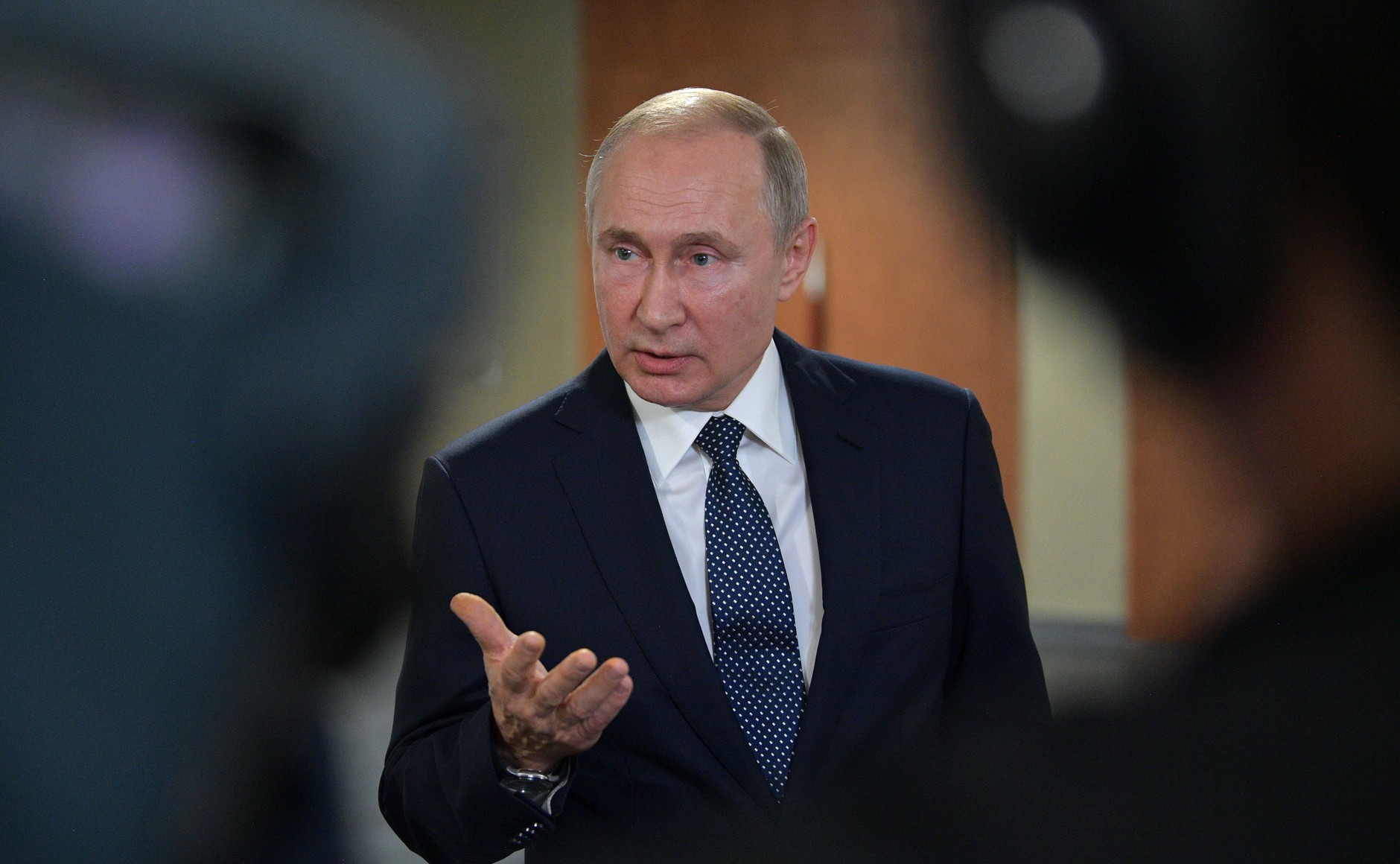Russian President Vladimir Putin signed a law Monday allowing him to run for an additional two terms, meaning that Putin could retain control of the Russian presidency until 2036.
Putin first served as President of the Russian Federation from 2000 until 2008, then stepped down to serve as Prime Minister from 2008 until 2012, at which time he regained the presidency. Putin’s current term is set to expire in 2024, and the newest amendment to the Russian Constitution would allow Putin to run for two additional six-year terms.
The most recent change to the Russian Constitution adds a provision to Article 81, Section 3, which originally limited the term of the President of the Russian Federation to two running terms of six years each. The new provision, located in Article 81, Section 3¹, creates an exception disregarding the number of terms already held by the sitting President at the time the amendment takes legal force.
In March 2020, the Russian Constitutional Court approved the proposed changes to the Russian Constitution. The changes, which essentially reset the clock on Putin’s term limits, were ratified by a July 1 constitutional amendment vote. Putin’s signature formalizes the changes proposed at that time.
This change comes as one of many to the Russian Constitution, following laws signed last year that expanded immunity from prosecution for Russian presidents after they leave office and altered the formation of the Federation Council, which functions as the Russian legislature’s upper house.
These changes to the Russian Constitution all fundamentally expand Putin’s control over the Russian government. Some groups, including the European Parliament have been apprehensive over the revision of about one-third of the Russian Constitution’s provisions, while others, including the imprisoned Alexei Navalny, have been protesting the changes, and have gone so far as to call the changes an “unlawful constitutional coup”.


